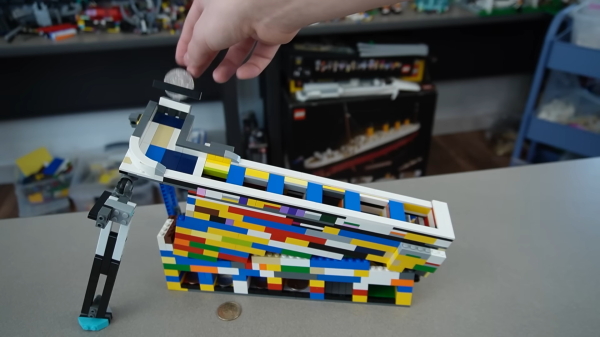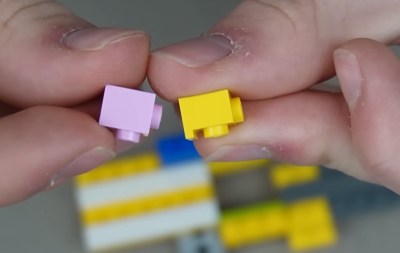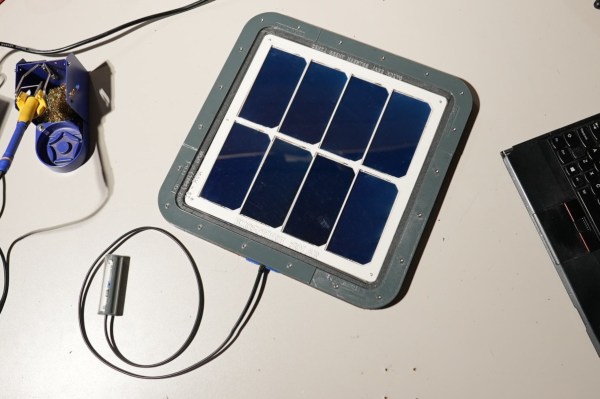If you were the type of person who might have read Hackaday had we been around in the late 1980s or early 1990s, it’s a reasonable guess that you would have had a 16-bit home computer on your desk, and furthermore that it might have been a Commodore Amiga. These machines gave the best bang for the buck in those days with their impressive multimedia capabilities, and they gained a fervent following which persists to this day. [Carl Svensson] was one of them, and he’s penned a retrospective on the demise of the platform with the benefit of much hindsight.
The heyday of the Amiga from its 1985 launch until the days of the A1200 in the early-to-mid 1990s saw Moore’s Law show perhaps its fastest effects for the consumer. In that decade the PC world jumped from the 8088 to the Pentium, and from a PC speaker and CGA if you were lucky, to a Sound Blaster 16 and accelerated SVGA. By comparison the Amiga didn’t change much except in model numbers and a few extra graphics modes, and when a faster processor came it was far to little too late.

There’s a well-worn path with some justification of blaming Commodore-s notoriously awful management for the debacle, but the piece goes beyond that into the mid ’90s. His conclusion is that what really killed the Amiga was that the CPU price reductions which defined the x86 world at that time never came to 68k or PowerPC lines, and that along with the architecture zealotry of the fan base meant that there would never be the much-longed-for revival.
He also takes a look at the other home computer platforms of the era, including the “all its killer architecture managed to kill was, sadly, Atari itself” Atari Falcon, and the Acorn Archimedes, which also lives on for enthusiasts and is perhaps the most accessible survivor. From here having also the benefit of hindsight we can’t disagree with him on his assessment, so perhaps it’s best to look at the Amiga not as the platform we should rightfully still be using, but the great stepping stone which provided us a useful computer back in t he day without breaking the bank.


















